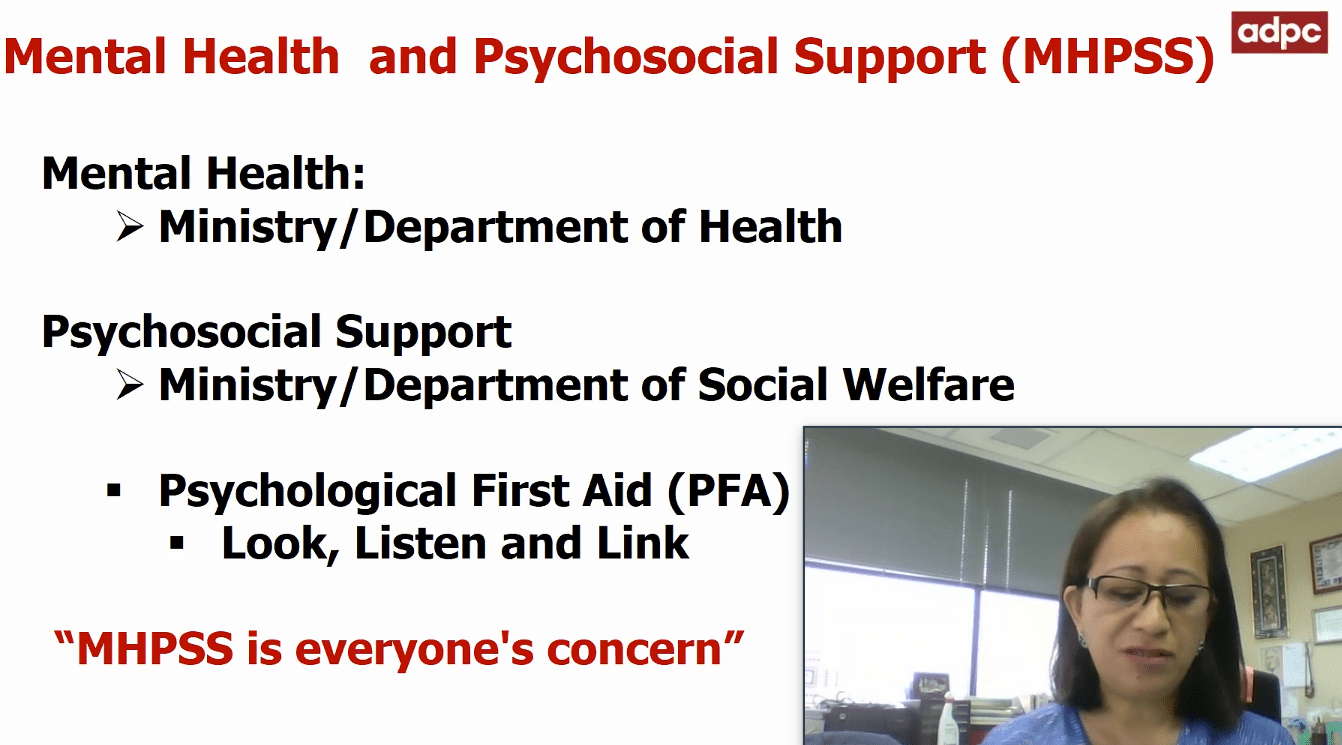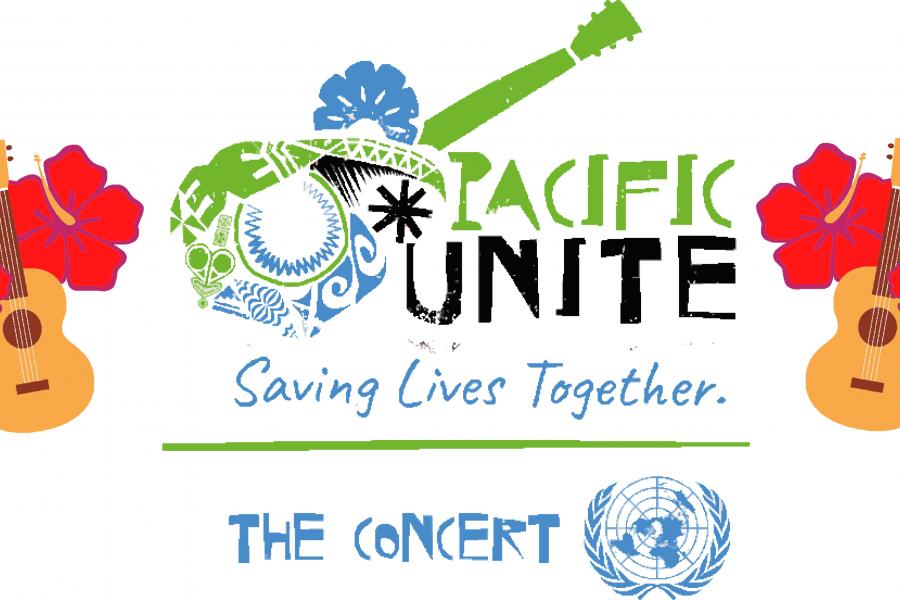 Journalists need to anticipate various kind of potential risks that they would encounter while covering events. The Managing Director of Lazarus Training Ltd, United Kingdom, Mr Alistair Hollington said media organisations should plan and outline the basic of risk assessment before deploying their personnel to cover any events in the field. Sharing his expertise at a webinar on Safety for Journalists, he pointed out that ‘journalists should report the news, don’t be the news’.
Journalists need to anticipate various kind of potential risks that they would encounter while covering events. The Managing Director of Lazarus Training Ltd, United Kingdom, Mr Alistair Hollington said media organisations should plan and outline the basic of risk assessment before deploying their personnel to cover any events in the field. Sharing his expertise at a webinar on Safety for Journalists, he pointed out that ‘journalists should report the news, don’t be the news’.
He gave real-life examples of road accidents by stressing the importance of risk planning and assessment such as communication plans, transport plans, emergency plans and evacuation plans. “All these should become the standard operating procedures (SOPs) as a culture of safety”, he added.
This is to ensure the resilience of media personnel from various perspectives including physical, mental, practical aspects, equipment, food, clothing and even first aids should also be looked into.
“Delay, but don’t abandon”
Another speaker, Mr Nadim Majeed from the Capital Maharaja Organisation Ltd, Sri Lanka spoke on safety precautions that investigative journalists and editors must take to ensure their safety while exposing corruption cases.
He said, “no story is worth your life, if there are serious safety risks or probability of violent reprisals, take a step back and re-evaluate the situation”. Mr Majeed suggested to delay the publication to re-assess the safety risks and come back to the story at a later date with the strategy ‘delay, but don’t abandon’.
“Some of the precautions that the editors can take would be assessing the risks early, plan early, monitor continuously, and handling threats responsibly,” he said, adding that one should be ‘MEAN’ when it comes to following safety guidelines.
Journalists – covered by OSHA 1994
The Resident Trainer of National Institute of Occupational Safety and Health (NIOSH) in Malaysia, Ms Ruzita Mohd Shariff, said journalists must identify the 5 types of hazards they will be facing while discharging their duties.
She categorised these hazards as Physical, Chemical, Biological, Ergonomical and Psychosocial. Physical such as slip, trip and fall from electrical cables or wires; Chemical like chemical spill; Biological such as the current COVID-19; Ergonomical like awkward posture during coverage or manual handling of heavy load and Psychosocial such as threat, bully and sexual harassment.
She said once the types of hazards are identified, journalists can then assess the risk of exposure and how to control, prevent and protect themselves under any circumstances. “Therefore, journalists must know how to balance between the requirement of work and the need to take care and protect themselves and their family members.”
Invest in the resilience of journalists through MHPSS & PFA
 Senior Public Health Specialist of the Asian Disaster Preparedness Center (ADPC), based in Bangkok, Thailand, Dr Yvonette Serrano Duquo said Mental Health and Psychosocial Support (MHPSS) and Psychological First Aid (PFA) for journalists during emergencies, disasters and disease outbreaks is important.
Senior Public Health Specialist of the Asian Disaster Preparedness Center (ADPC), based in Bangkok, Thailand, Dr Yvonette Serrano Duquo said Mental Health and Psychosocial Support (MHPSS) and Psychological First Aid (PFA) for journalists during emergencies, disasters and disease outbreaks is important.
“Most of the countries in this region do not have proper MHPSS guidelines for emotional and mental health care due to the lack of exposure,” she highlighted.
Dr Yvonette described journalists as ‘frontliners’. She said journalists need to gather ‘facts and figures’, thus it increases their vulnerability to infections and diseases while discharging their crucial role.
“Journalists need to have a “SELF HELP PLAN” and following some recommendations to booster their immune system is always essential at all times,” she advised. “It’s OK not to be OK. Don’t go beyond what you cannot do. Ask for help if you need to.”
Risk Communications: Media Interactions
 The Head of Geo-Meteorological Risk Management Division (GMR), National Institute of Disaster Manager (NIDM) in India, Dr Surya Prakash, said there should be a chain of two-way communications involving the Citizens, Disaster Experts, Health Specialists, Officials, the Government, Media and Non-Governmental Organisations (NGOs).
The Head of Geo-Meteorological Risk Management Division (GMR), National Institute of Disaster Manager (NIDM) in India, Dr Surya Prakash, said there should be a chain of two-way communications involving the Citizens, Disaster Experts, Health Specialists, Officials, the Government, Media and Non-Governmental Organisations (NGOs).
Dr Surya suggested using digital communications or technological means to gather information rather than involving oneself physically. This, he said, will avoid getting infected or infecting others as asymptomatic carriers.
Journalists should be frank in discussing their mental health issue
The moderator of the session, Dr Ming-Kuok Lim, Advisor for Communication and Information for UNESCO Office Jakarta, said journalists should be frank in discussing their mental and physical health issues with their supervisors.
He said UNESCO and Reporters Without Borders have come up with a pocket-size guideline on safety for journalists, and urged all journalists, including freelance journalists to get themselves familiar with the guidelines.
He stressed that journalists, especially those going to dangerous parts of the world, must adhere to international norms and advices to protect themselves.
“The only constant thing in this world is ‘change’. If you remain unchanged, you might be lost and find yourself drowned in the sea of change,” he said.
In her concluding remarks, Director of AIBD, Ms Philomena Gnanapragasam, urged media organisations to play a crucial role in safeguarding the safety of their journalists.
More than 70 news reporters and journalists from across the Asia-Pacific region attend the 2 and half hours’ webinar, the 7th addition by AIBD since the Movement Control Order (MOC) was imposed on 18th March 2020.
Report the News, Don’t be the News
Journalists need to anticipate various kind of potential risks that
Content Sharing – From East to West
By: Lee Lai Mee (CCO), infographics by YK Tang(intern) The content
Protect Your Child From Online Predators
Article by Qishin Tariq published in Star.my in reference to AIBD's recent webinar on



